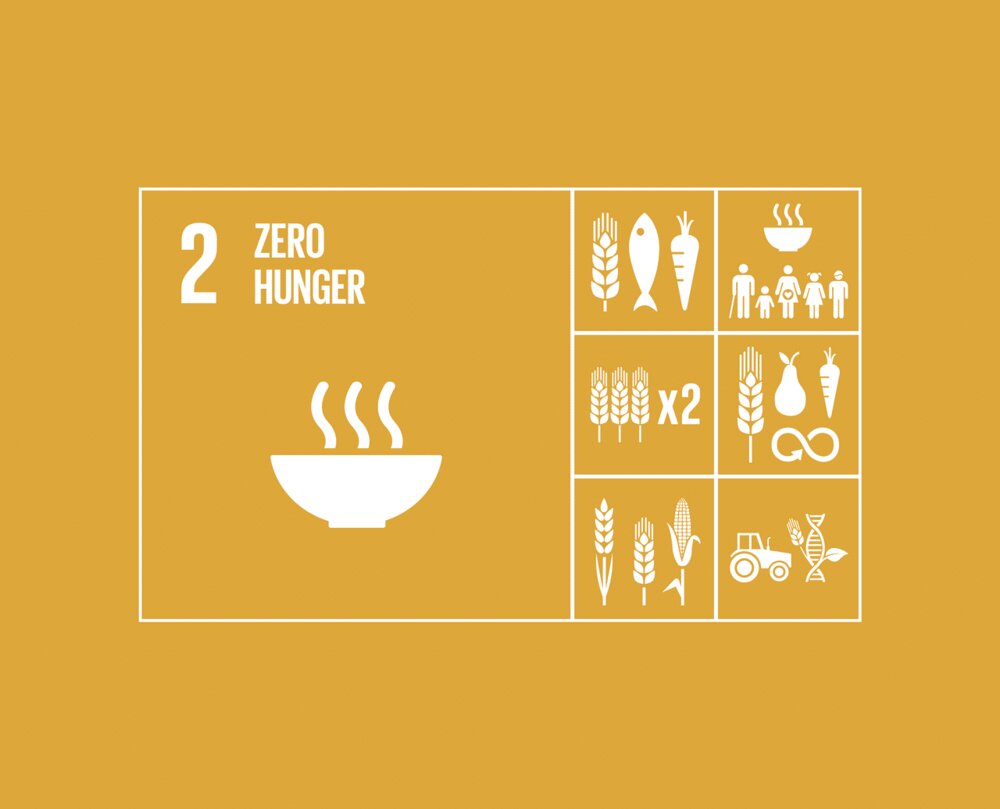Clearing the road ahead to reach Zero Hunger in Asia and the Pacific

Progress towards the Sustainable Development Goal of Zero Hunger has slowed in Asia and the Pacific, despite strong economic advances, and highlighting the need for concerted policy actions to tackle the increasingly complex nature of challenges ahead, representatives of FAO Member Countries heard during an event on the sidelines of the 41st Session of the FAO Conference.
"Asia has always been the biggest region for FAO, in terms of people and land and the number of malnourished people," said FAO Director-General José Graziano da Silva. "There have been large reductions in poverty and hunger in China, but unfortunately this progress has not been followed by all big countries."
He also warned that rising rates of obesity in Pacific Island states are linked to local people shifting from eating traditional healthy foods such as taro and local fruits and vegetables to instead consuming cheap imports such as chips and other artificial foods. Such malnutrition - obesity and hunger - were "two sides of the same coin," Graziano da Silva said.
"Various factors are at work to undermine the fight against hunger in Asia and the Pacific," said Kundhavi Kadiresan, FAO Assistant Director-General and the Regional Representative for Asia and the Pacific. She cited increasingly frequent natural disasters as well as unequal distribution of income - perhaps the most "stubborn problem of all" - and the cumulative impact of stresses on the natural resource base, all of which tend to weigh on the most vulnerable and food insecure.
On the issue of obesity, and in addition to the Pacific Islands, Kadiresan noted it was occurring in all sub-regions, with a pronounced effect in urban centers. "Going forward, we will have to focus more on urban nutrition problems than we have in the past," she said.
Beyond doom and gloom
The side-event, "On the road to Zero Hunger in Asia and the Pacific," also presented an opportunity to examine some of the efforts being made in countries around the region that are resulting in both challenges and positive outcomes.
Bangladesh, India, Iran and Nepal have enshrined the right to food in their constitutions, Kadiresan noted, while Cambodia, Myanmar, the Philippines and Viet Nam have deployed shock-responsive social protection measures tied to food security to build resilience against disasters.
Kadiresan offered special thanks to the Director-General for being an "inspiration to us all", particularly for his initiative to appoint Her Royal Highness Princess Maha Chakri Sirindhorn of Thailand as UN FAO Special Goodwill Ambassador for Zero Hunger. The Princess's high level of visibility, work and advocacy has helped raise awareness in the Asia-Pacific region to work to eliminate hunger and improve nutrition.
Different directions along the same road to Zero Hunger
Indeed, approaches to defeating hunger and improving nutrition have varied across the region, ranging from the multi-sectoral coordination approach to food security Fiji has adopted, and the food system framework used in Indonesia to nutrition-focused production strategies and even specific National Action Plans on Zero Hunger, as Thailand and Nepal have done with the support of FAO.
Many countries in the Asia and Pacific region are also pursuing ways to incorporate neglected and underutilized species such as millets, sorghums and yams - so-called "future smart food" - as part of their food strategies. Kadiresan pointed out that FAO is collaborating in this area with the International Crops Research Institute for the Semi-Arid Tropics (ICRISAT) and is now "looking to partner with international financial institutions for higher impact investments."
Mahendra Reddy, Fiji's Minister for Agriculture, Waterways and Environments, who spoke at the event, emphasized the importance of improving school nutrition in a country where 63 percent of people over the age of 17 are obese and non-communicable diseases are the cause of four of every five deaths.
He said domestic consumption of traditional roots and tubers has been falling for several decades, mainly due to urbanization and the fact that imported foods are cheaper and seen as more convenient to those in urban areas.
Another speaker, Ram Kumari Chaudhari, Nepal State, Minister for Agriculture and Livestock Development, said technology and innovation have offered "good and needed" opportunities for food and agriculture systems, although "we need to consider how these things can actually benefit smallholders and those in remote areas," she said.
In general, action on multiple accelerators, including political will, gender equality, innovation, better data, the private sector and partnerships are "pre-requisites for achieving measurable progress against hunger and malnutrition," Kadiresan concluded.
(Source: FAO)

Leave a Comment